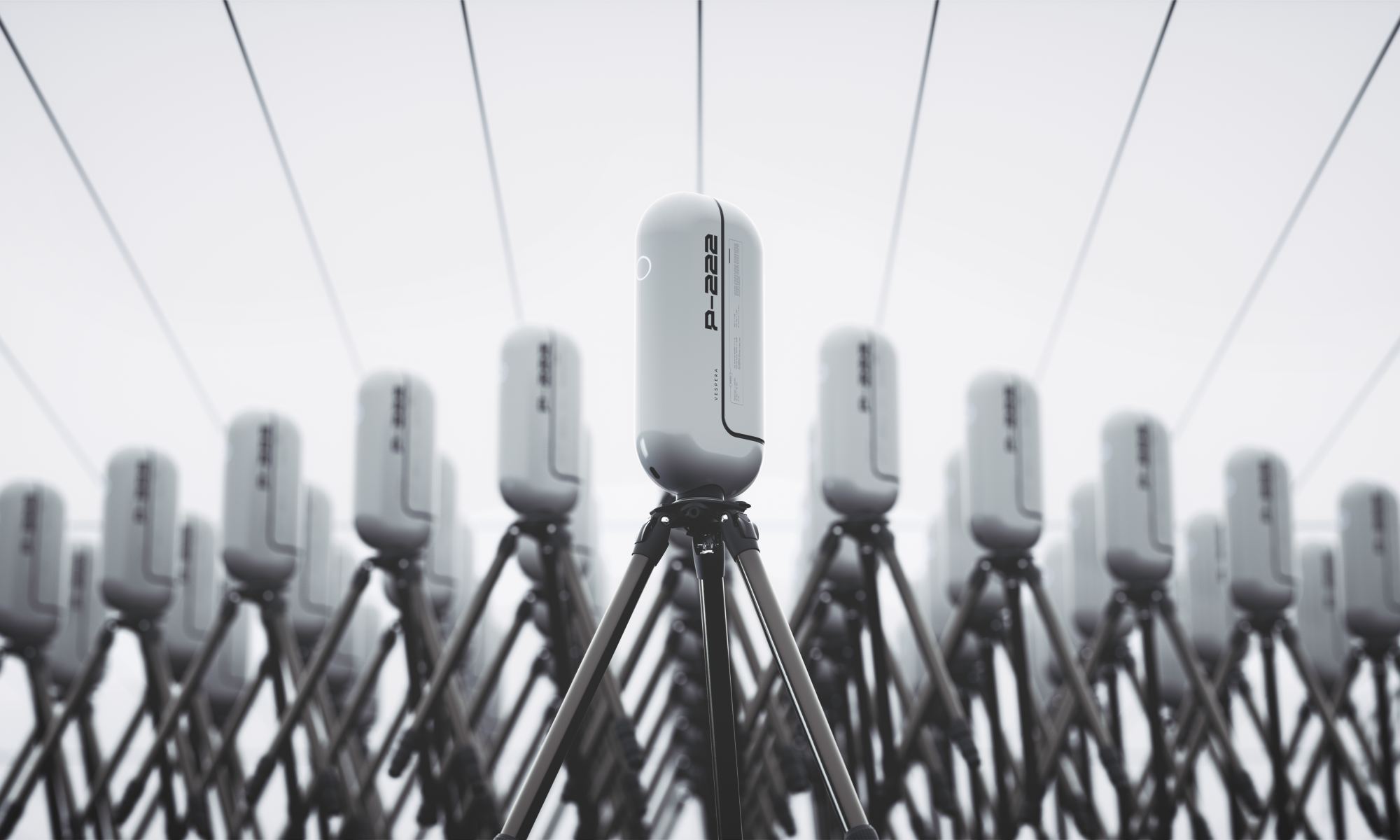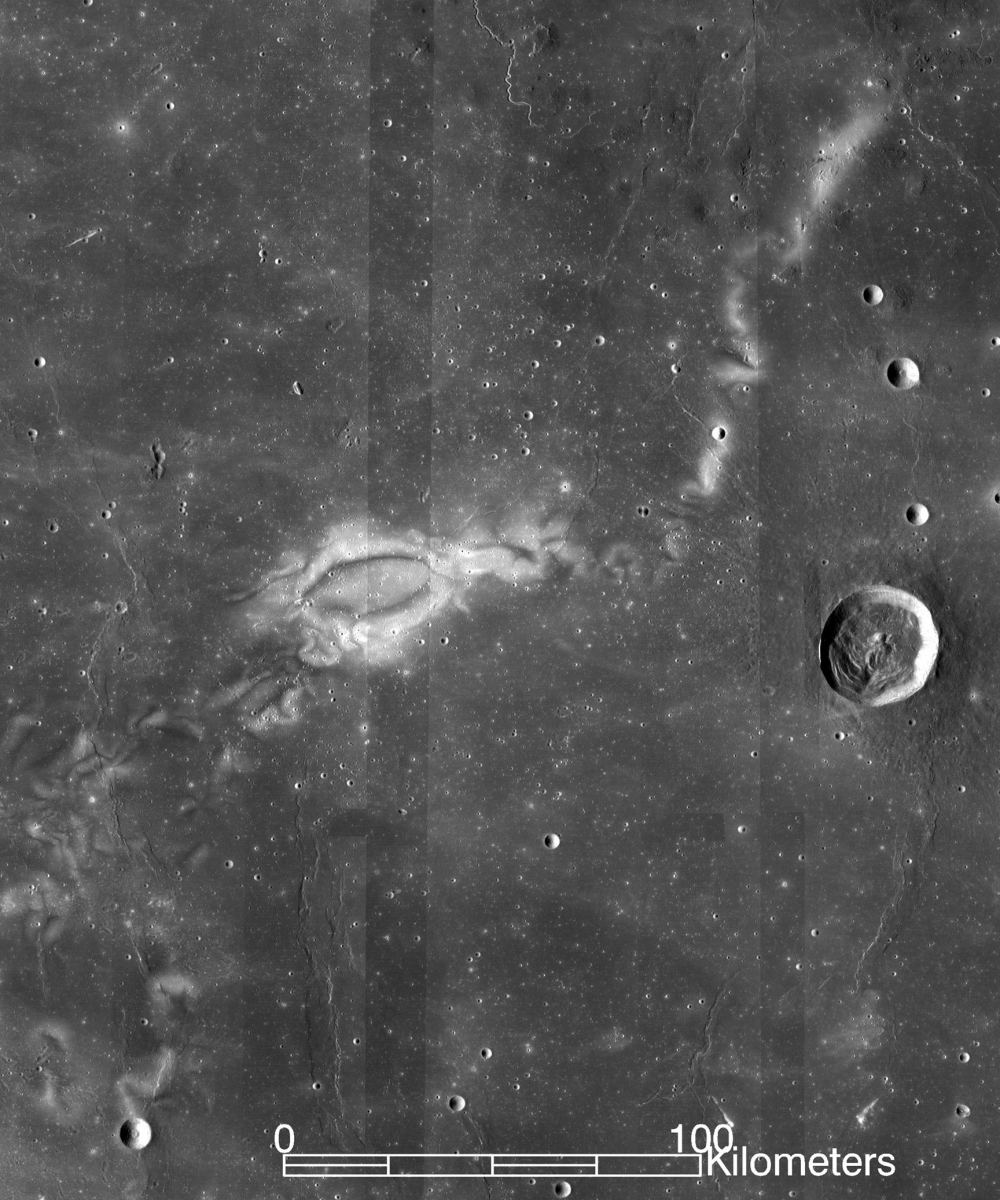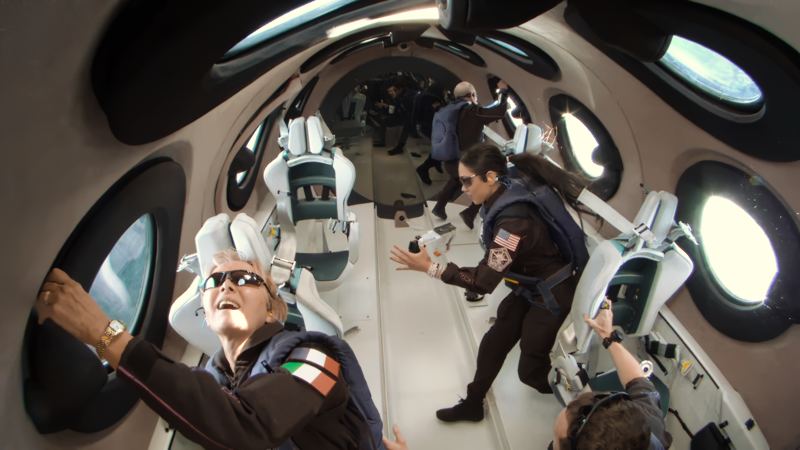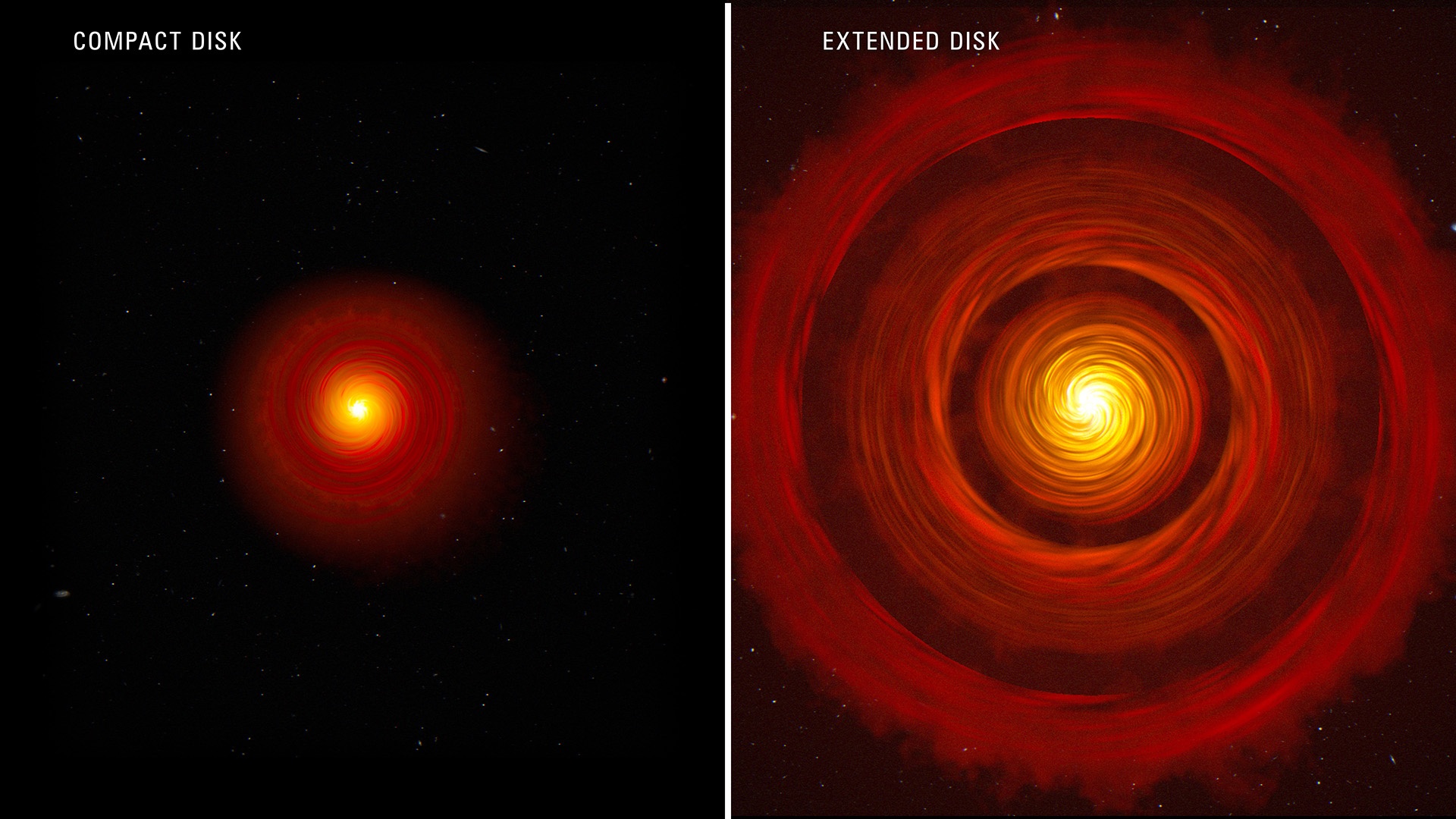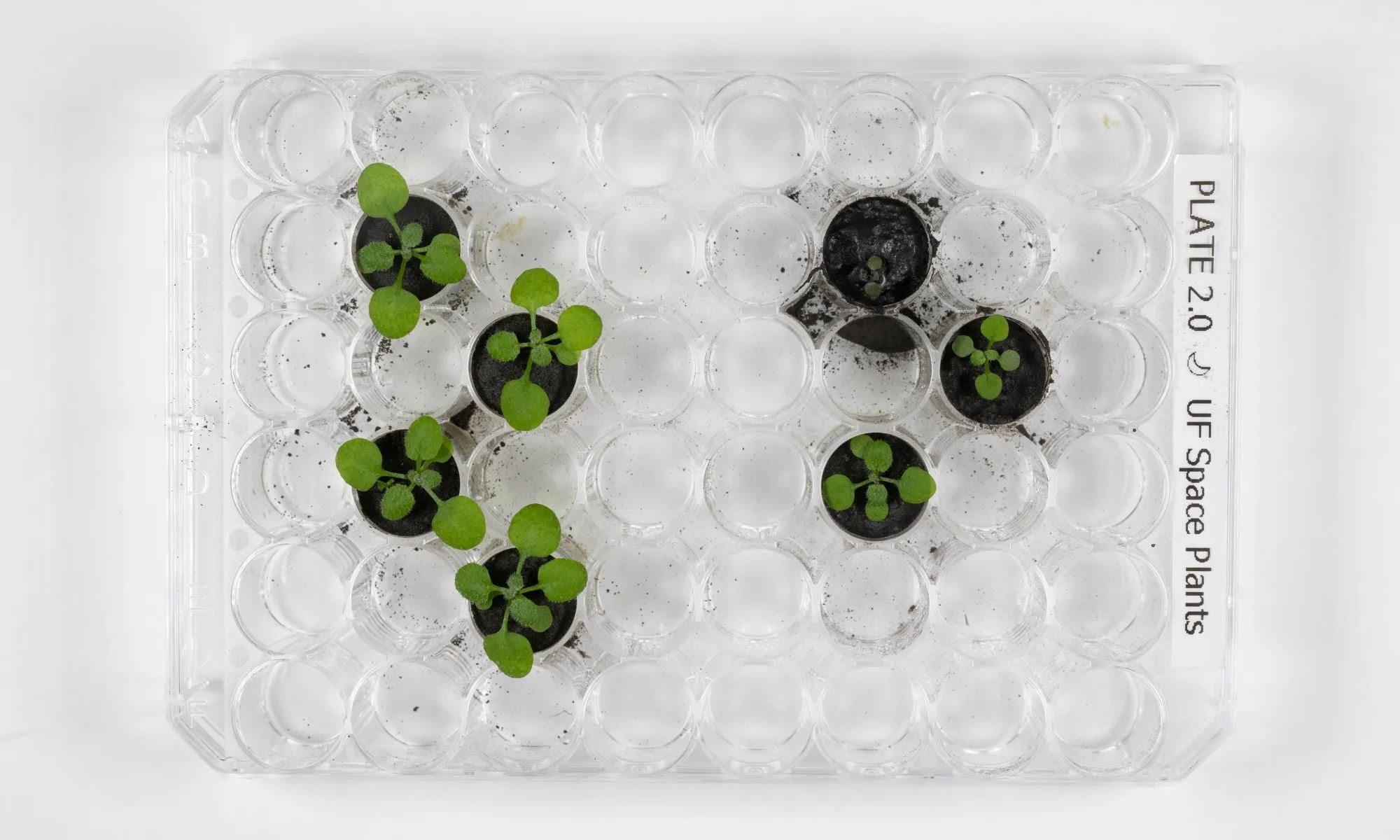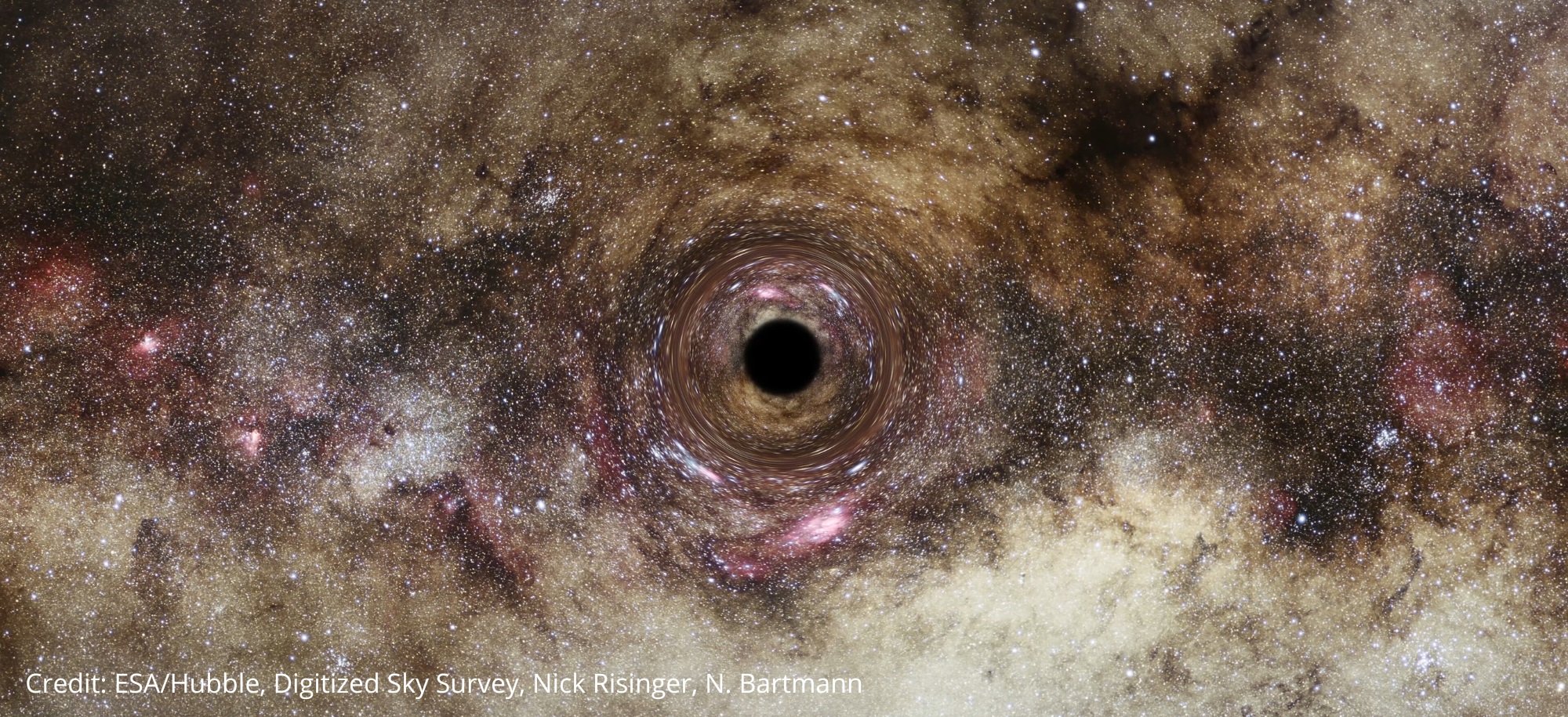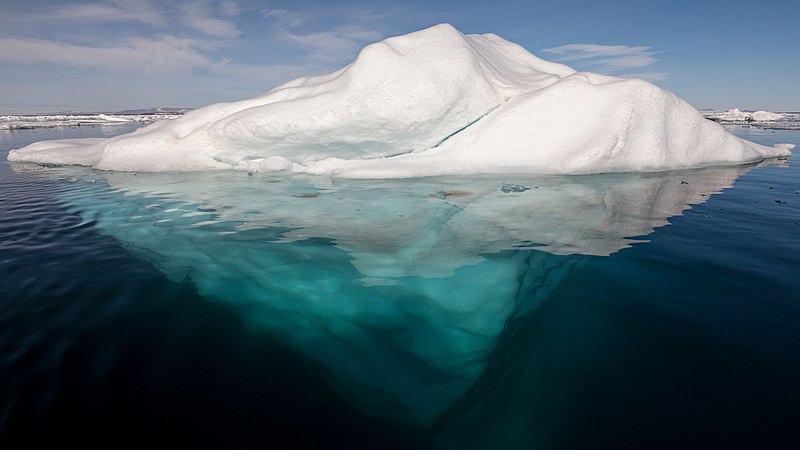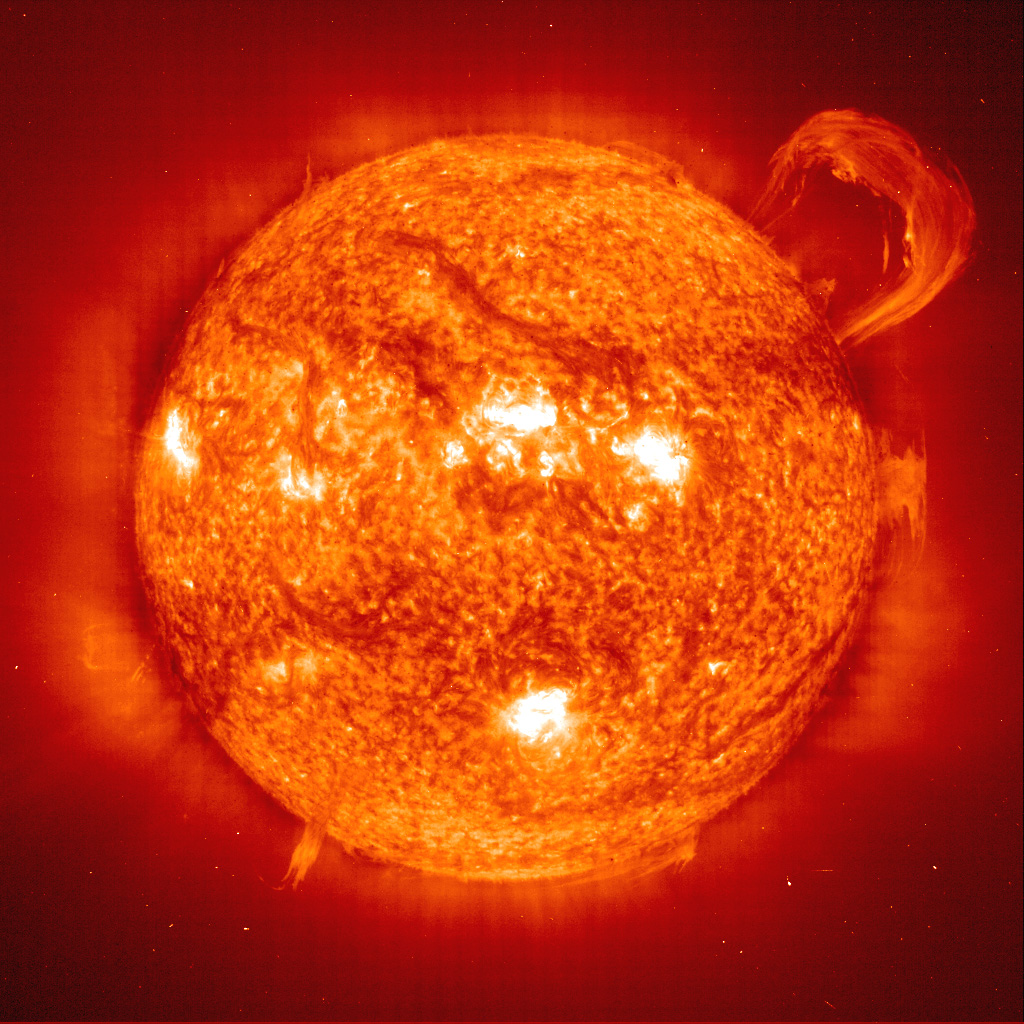In the next decade, NASA, China, and their international and commercial partners plan to establish habitats on the Moon. Through the Artemis Program, NASA will deploy the orbiting Lunar Gateway and the Artemis Base Camp on the lunar surface. Meanwhile, China (and its partner Roscosmos) will deploy the International Lunar Research Station (ILRS), consisting of an orbital and surface element. The creation of this infrastructure will enable a “sustained program of lunar exploration and development” that could lead to a permanent human presence there.
To ensure that humans can work and live sustainably beyond Earth, astronauts and crews will need to be able to harvest local resources to see to their needs – in-situ resource utilization (ISRU). This includes using lunar water ice and regolith to grow plants, providing astronauts with food and an additional source of oxygen and biomass. To test the potential for growing plants on the Moon, a Chinese research team conducted a series of experiments where they grew tobacco plants in simulated lunar soil with the help of bacteria.
Continue reading “Plants Could Grow in Lunar Regolith Using Bacteria”

